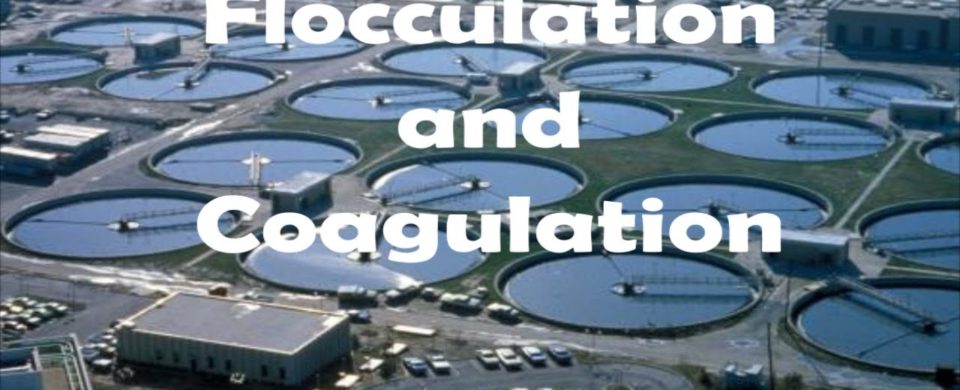Flocculation and coagulation - floc forming and particle settling
3 Minute Water and Waste Water Video Tutorials by AET
For more information or comments contact us here: https://www.aqua-equip.com/
Water testing equipment here: https://www.aqua-equip.com/parts/
Flocculation and coagulation are fundamental for wastewater treatment and were already used by the ancient Egyptians in 1,300 BC. This sample of muddy looking water from a paper mill has a very high turbidity due to the presence of many suspended particles. Adding flocculants will cause that small particles clump together to bigger flocs that settle down. So lets have a closer look how flocculation and coagulation work in detail.
Turbidity of muddy looking water is caused by two types of particles: organic and inorganic. Organic particles are for example algae and bacteria whereas inorganic particles are for example clay and silt. Both particle types have in common that they are able to float because they are too small to settle by gravity. Suspended particles that are too light to settle down are called colloids.
Almost all colloids have negatively charged surfaces. The negatively charged surface will attract positively charged ions in the water so that colloids form a first layer. The effect is very similar to magnets – like poles repel but opposite poles attract each other. Over time colloids form a second, diffused layer with positively and negatively charged ions called a double layer.
The double layer creates a responsive force which prevents two colloids from sticking to each other.
Water The colloids stay suspended in water and move around to avoid collision with other colloids. To overcome this behavior and to clump colloids together for particle settling, flocculants are used.
Typical used flocculants for particle settling are Alum (pause 0.5 sec) and Ferrix. Alum and Ferrix are ideal as flocculants because they form a high number of ions when they get in contact with water. These ions will bind together with the colloids and neutralize responsive forces. Mixing the water allows the colloids now to stick together, to form bigger flocs and to settle down to the tank bottom.
Within wastewater treatment plants the flocculation process is normally separated from sedimentation. Under gentle agitation flocculants are added in the mixing tank before water is entering the sedimentation tank. Here particles are settling down until they build up a sludge blanket which is then removed.
Comments are closed.

